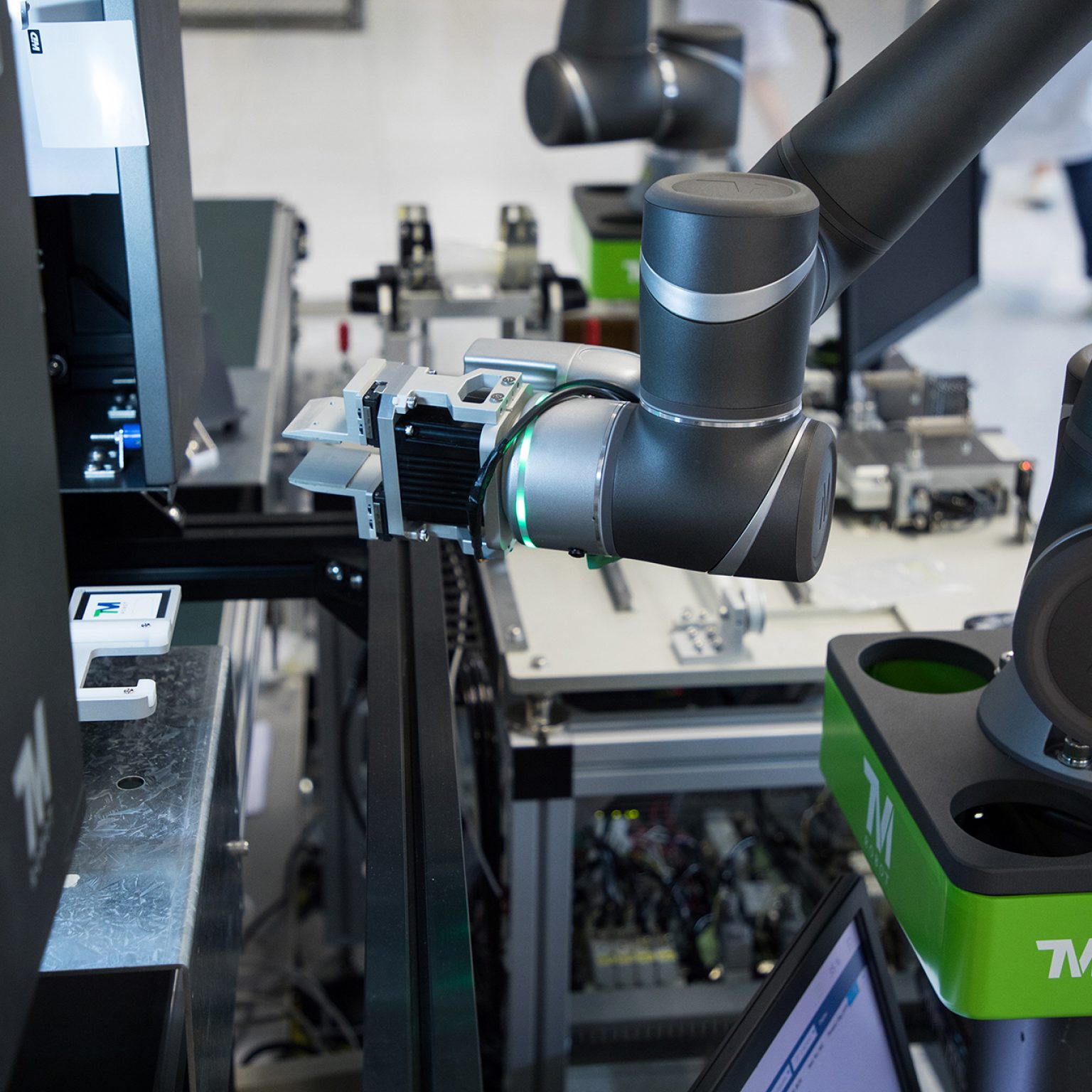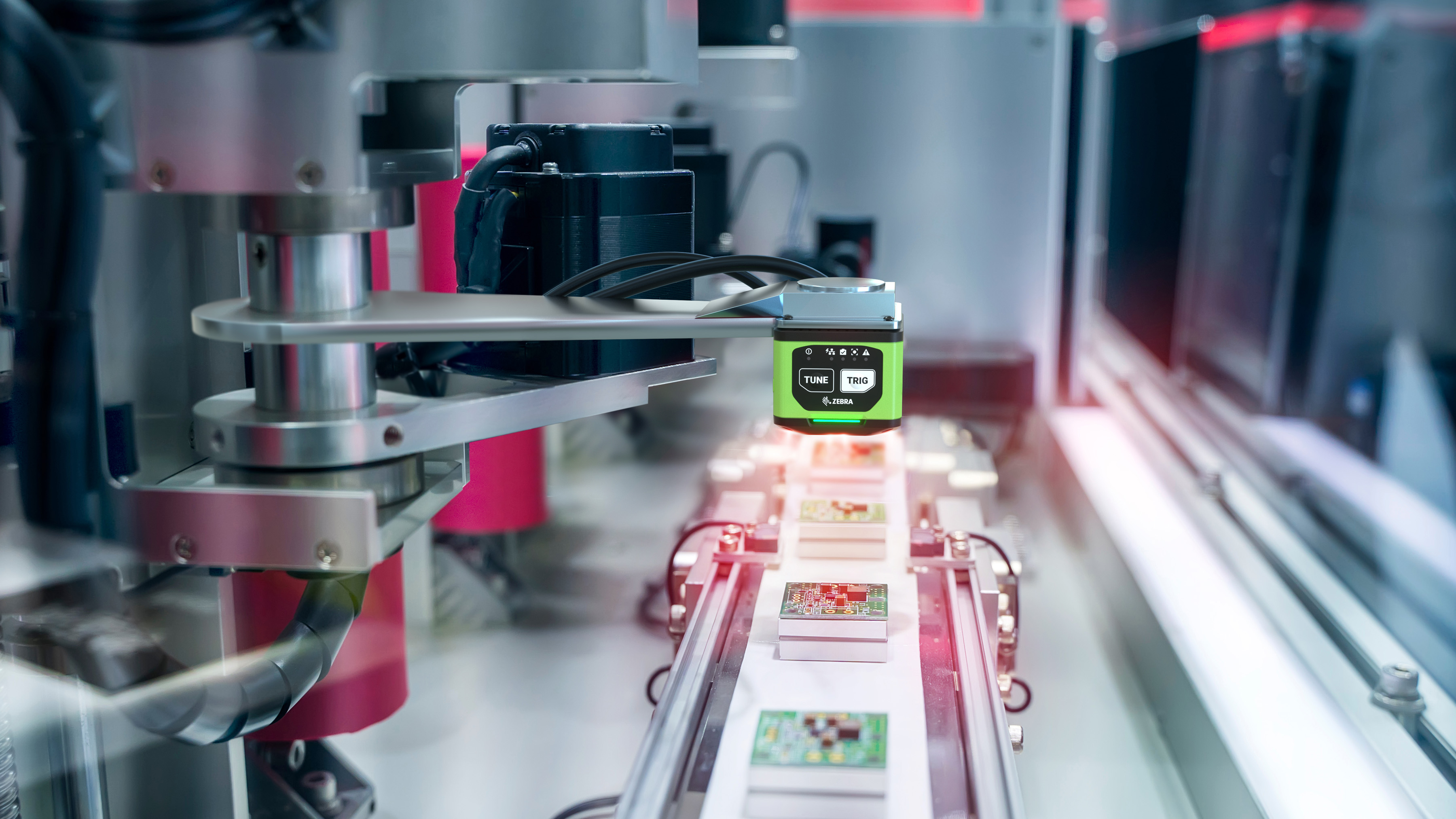Do’s and don’ts when implementing optical fibre diameter analyser into legacy systems
Why Robotic Vision Is Vital for Progressing Accuracy in Production Industries
Robotic vision has actually become a critical part in modern production. It equips makers to analyze aesthetic data with amazing accuracy. This ability boosts high quality control and reduces the chance of defects. As markets undertaking for greater effectiveness, recognizing the complexities of robotic vision ends up being necessary. The interaction between innovation and operational procedures raises essential concerns regarding future improvements and their ramifications. What exists ahead for accuracy in production?
Understanding Robotic Vision Modern Technology

Enhancing Quality Assurance With Robotic Vision

Enhancing Functional Performance Through Automation

Automating manufacturing procedures with robotic vision significantly enhances manufacturing speed, enabling quicker turn-around times. This modern technology likewise minimizes mistake prices, making certain higher precision in operations. Furthermore, structured resource monitoring is accomplished, causing much more efficient use of materials and labor.
Enhanced Production Rate
While the integration of robotic vision in manufacturing has transformed operational procedures, its most significant benefit depends on boosted manufacturing rate. By utilizing innovative photo handling and real-time information evaluation, robotic vision systems can promptly recognize and react to production demands. This sped up responsiveness gets rid of delays generally connected with hands-on assessment and decision-making procedures. Furthermore, these systems can operate constantly without tiredness, making certain that manufacturing lines keep high throughput. The capacity to discover and deal with issues instantaneously better simplifies workflows, enabling makers to maximize result levels (fibre testing equipment). Consequently, firms take advantage of decreased cycle times and increased productivity, placing them competitively in the marketplace. Enhanced manufacturing rate, driven by robotic vision innovation, inevitably results in improved operational efficiency across the manufacturing landscape
Lowered Mistake Rates
As production rate increases, keeping accuracy comes to be critical in making processes. Robotic vision systems substantially contribute to minimized error rates by giving specific measurements and real-time evaluations. These innovative systems utilize high-resolution cams and advanced algorithms to spot issues, imbalances, or variances in items during assembly. By automating quality assurance, producers can promptly determine and rectify issues that human assessors might overlook. This not only reduces waste but additionally boosts general item top quality. Additionally, the integration of robotic vision decreases irregularity in production, making sure that each thing meets strict specifications. Suppliers experience fewer expensive recalls and boosted customer contentment, eventually leading to an extra effective and successful functional design.
Streamlined Source Management
Effective source administration is important for maximizing functional effectiveness in production, especially when integrated with robotic vision systems. These systems boost the ability to monitor and designate resources accurately, ensuring that products and labor are utilized effectively. By utilizing innovative aesthetic innovations, manufacturers can recognize inadequacies in genuine time, decreasing find out here now waste and improving production timelines. On top of that, robotic vision allows exact supply monitoring, lessening the threat of overstocking or stockouts. Automation of these procedures not only simplifies operations but also enables human employees to focus on higher-value tasks, promoting development and efficiency. Therefore, firms can attain substantial cost financial savings while preserving high-grade requirements, eventually positioning themselves much more competitively in the industry.

Minimizing Human Mistake in Manufacturing Processes
Human mistake continues to be a considerable obstacle in making procedures, typically resulting in expensive mistakes and ineffectiveness. In atmospheres where accuracy is paramount, even minor gaps in judgment can cause faulty products or hold-ups in production routines. Robotic vision systems can minimize these risks by offering precise and regular surveillance of making procedures. By automating tasks such as quality assurance and production line inspections, these systems lower the dependence on human oversight, therefore decreasing the potential for errors.Moreover, robotic vision modern technology improves data accuracy, enabling real-time changes based on visual feedback. This capability assures that any kind of variances from established standards are promptly determined and dealt with, further lowering the likelihood of errors. As producers progressively adopt robotic vision, they can expect not only to enhance precision and effectiveness yet likewise to promote a more secure working setting by relieving the stress on human drivers.
The Duty of Expert System in Robotic Vision
Synthetic knowledge significantly improves robotic vision by employing maker discovering algorithms and progressed picture processing techniques. These modern technologies make it possible for robots to translate aesthetic information with higher accuracy, boosting both performance and precision in manufacturing settings. Consequently, the combination of AI right into robotic vision systems represents an essential innovation in automation.
Maker Learning Algorithms
Artificial intelligence algorithms are reinventing robotic vision in production by allowing makers to interpret and evaluate aesthetic data with exceptional precision. These formulas permit robots to pick up from substantial datasets, adapting to new situations and enhancing their efficiency over time. By leveraging techniques such as monitored and unsupervised understanding, robotic systems can identify patterns and anomalies in real-time, which improves quality control and lowers waste. Additionally, artificial intelligence assists in far better decision-making processes, allowing robots to maximize their activities based on found out experiences. As these algorithms evolve, they encourage robotic vision systems to execute increasingly complex tasks, eventually driving effectiveness and accuracy in making procedures. The combination of maker discovering as a result plays a pivotal function in the advancement of robotic vision technology.
Photo Handling Methods
Enhancing the abilities of robotic vision, photo handling methods play a vital duty in enabling systems to analyze visual information successfully. These techniques involve algorithms that enhance picture high quality, extract relevant attributes, and recognize patterns within visual data. By making use of methods such as side discovery, division, and object acknowledgment, robotic systems can determine and categorize elements with exceptional precision. The integration of expert system even more amplifies these strategies, permitting flexible learning and enhanced decision-making in vibrant atmospheres. Consequently, robotic vision systems can not only discover problems however likewise maximize procedures, resulting in boosted performance and precision in manufacturing. The constant improvement of photo processing strategies remains crucial to the development of robotic vision in commercial applications.
Future Trends in Robotic Vision for Manufacturing Industries
As markets increasingly focus on effectiveness and accuracy, the evolution of robotic vision innovation is established to transform producing processes significantly. Future trends indicate considerable advancements in synthetic intelligence and equipment discovering assimilation within robotic vision systems. These renovations will enhance real-time decision-making abilities, permitting robots to adjust to differing problems autonomously. In addition, the adoption of 3D vision systems is anticipated to raise, giving even more precise spatial awareness and things recognition. Collaborations between robots and human employees may likewise progress, with sophisticated vision systems promoting more secure and extra reliable interactions. Additionally, using side computer will likely enable faster information processing, lowering latency and improving functional responsiveness. As these trends unravel, the production sector stands to benefit from enhanced quality assurance, lowered waste, and streamlined operations, you can try here ultimately leading to raised competition in a swiftly changing market.
Often Asked Inquiries
Just How Does Robotic Vision Differ From Standard Machine Vision Equipments?
Robotic vision integrates advanced algorithms and real-time handling, allowing dynamic analysis and interaction with settings. On the other hand, traditional equipment vision primarily concentrates on fixed photo capture and evaluation, restricting versatility and responsiveness in complicated manufacturing circumstances.
What Industries Benefit The Majority Of From Robotic Vision Innovation?
Different sectors benefit significantly from robotic vision technology, consisting of automotive, electronic devices, and food processing. These markets utilize boosted accuracy, efficiency, and flexibility, inevitably enhancing manufacturing high quality and minimizing operational prices through sophisticated automation options.
Can Robotic Vision Equipments Be Integrated With Existing Manufacturing Devices?
Robotic vision systems can undoubtedly be integrated with existing manufacturing tools. This combination enhances functional performance, allowing for smooth collaboration in between conventional equipment and progressed visual technology, inevitably boosting general manufacturing processes and results.
What Are the Costs Connected With Implementing Robotic Vision Solutions?
The prices related to carrying out robotic vision services differ substantially, influenced by aspects such as system complexity, needed software application, hardware parts, combination with present machinery, and ongoing maintenance expenses, inevitably affecting overall return on investment.
Just how Do Maintenance and Assistance for Robotic Vision Solutions Work?
Maintenance and support for robotic vision systems entail normal software updates, equipment inspections, and troubleshooting. blog optical fibre diameter analyser. Suppliers normally supply service contracts, making certain timely aid and decreasing downtime to maintain peak efficiency and reliability in industrial applications